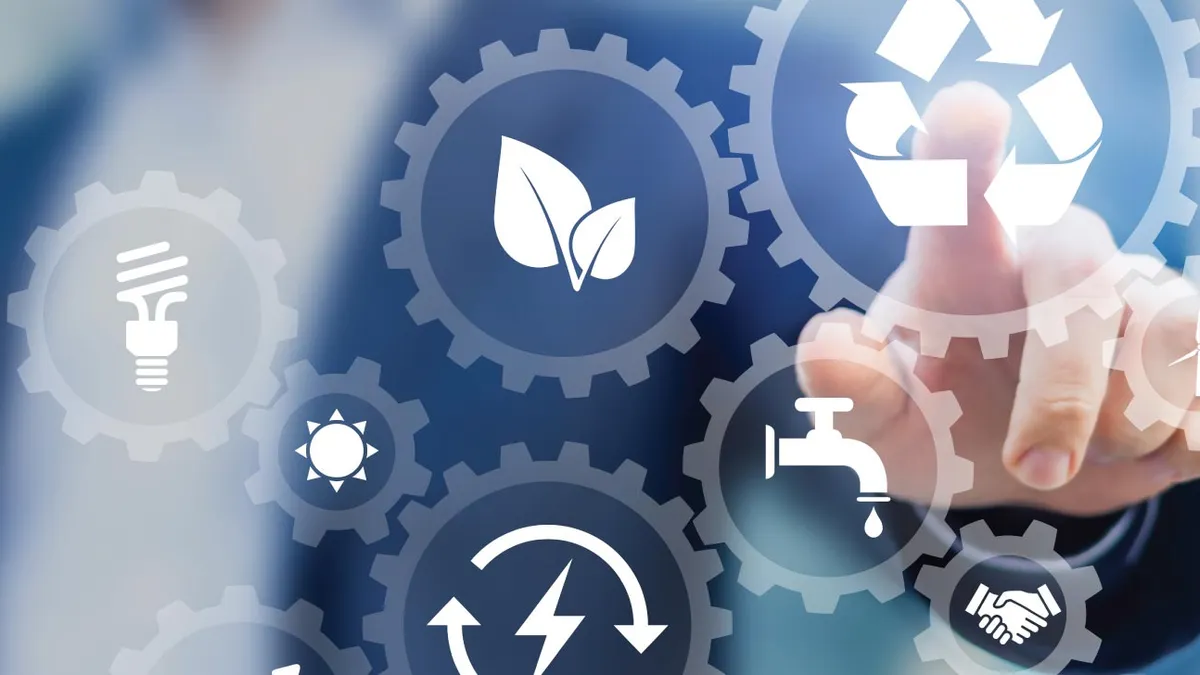Corporate waste managers are at a crossroads. More companies than ever before are working to improve their waste management, reduce their risk and drive sustainability through circular economic business models. However, due to tectonic shifts in global waste policies, moving “forward” is more challenging than it had been, and in some cases, has seemingly become impossible—particularly for materials that are more marginal in value. Due to that fact, does the pursuit of recycling and other forms of sustainable disposal even make sense in today’s market? To simplify a complex issue, the answer is still yes.
Moving Forward
To move forward, companies first need to re-evaluate their disposal approaches and map out an effective plan. Some waste streams for which they could readily find a market a few years ago may be difficult to move today. The availability of markets in China and other global destinations, for example, allowed a certain degree of complacency that’s no longer there, taking a large part of the demand for such a product out of the equation.
Without overseas recycling and single-stream materials recovery facilities not being as receptive as they had been previously, domestic companies are once again put in the position of having to cull what’s valuable from what isn’t. To survive, they must adjust. And what they adjust should be designed to maximize the environmental and financial return of their efforts while conversely minimizing their liability. Two great ways to get started in determining where to focus can be through lifecycle analysis and lifecycle thinking.
Lifecycle Analysis
After generating waste, it’s all about minimizing its impacts. According to the EPA, “A lifecycle analysis is a comprehensive method for assessing a range of environmental impacts across the full lifecycle of a product system, from materials acquisition to manufacturing, use, and final disposition.” Not all recycling is created equal. Keeping in mind the overall objective of reducing various risks from waste, they need to focus their efforts on those wastes and materials that return the greatest benefit for the investment. Lifecycle analysis, and even the less quantitative lifecycle thinking, are critical tools in determining this.
Lifecycle Thinking
In the absence of analysis, companies can employ lifecycle thinking to identify both “low hanging fruit” and, those waste streams that might need further consideration. Lifecycle thinking is the mental exercise of thinking through the lifecycle of materials management on a qualitative basis. For example, recycling metal should nearly always be prioritized: manufacturing new metal from virgin ores is an extremely energy and greenhouse gas-intensive process, and, even in the case of the current market disruptions, markets for recovered metals are generally still available.
Food waste is another example. When biodegradable materials break down in a landfill, they create methane, a greenhouse gas 84 times more potent than carbon dioxide over a 100-year period. Efforts to reduce food waste or divert it to composting or anaerobic digestion can reap significant greenhouse gas savings and help an organization stay compliant.
Plastics often present a more nuanced scenario. Certain plastics may be more difficult to recycle and attempting to do so may result in the use of a material as a filler instead of a polymer substitute, thereby lowering its environmental benefits. However, moving away from plastics may not always be the best answer either: plastics save packaging weight, can be less intensive to manufacture and can extend shelf lives of perishable materials, like food.
Going One Step Further
While every type of waste stream has its own distinctions, lifecycle analysis and thinking helps businesses explore these considerations and avoid making decisions that shift environmental burdens and liabilities elsewhere in the product and material lifecycle. To go one step further, collaborating with a waste and environmental solutions partner can provide professional insight into this area and offer the strategy—and capabilities necessary to carry out that strategy—that helps businesses extract greater value from their recycled materials in an ever-shifting market.










